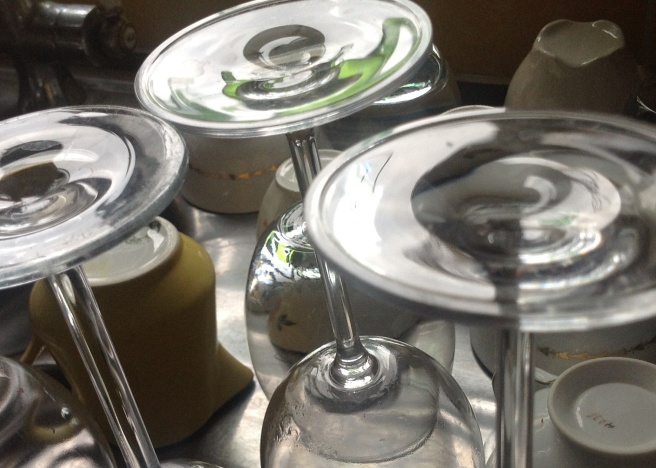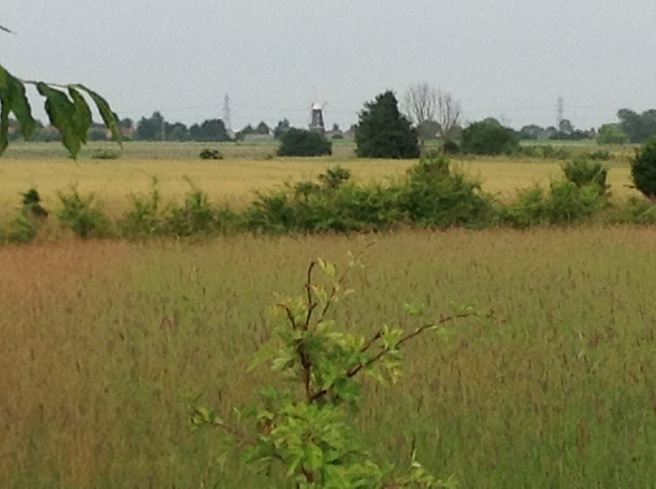So the Spiced Salt Beef (Sugar, spice, memory) made its appearance yesterday, along with other dishes not as long in the making. It was our first party here in Heckington and, unlike at my London party in March, the guests were (almost all) people we have only met very recently. It was very nice to have the house full of people and we enjoyed ourselves.
This sort of cooking takes me back to parties in times gone by. I think of the first party we gave in Manchester, in a terrace house which seemed huge compared to partner’s flat we had just moved out of. Like yesterday it was in dead of winter and we didn’t know anyone very well. It was also rather quiet, which yesterday wasn’t.
Yesterday we ate a chicken and celery salad which reminded me of the coronation chicken I made a lot in the late 70s and early 80s. We also had Tourteau Fromage (see photo below) which is a bit like a cheesecake and a bit like a custard tart. It comes from Elizabeth David’s French Country Cooking, her first book, published in 1951, nine years before my birth, and a seminal influence on my life even when I was too young to know it. Tourteau Fromage is the sort of pastry I always hope to find when peering through the bakery window in some small French town.
I went out in the dark to the shops this afternoon, with a sense of winter gloom. But I counted less than four weeks to the solstice, felt the triumph of the light to come, felt excited like a child, as though I could see the sun shine again and the trumpets sounding. There is a miracle in the inexorable rhythm of the seasons, the certainty of change.
And what better way to cheer ourselves in winter than by having parties? We can’t see to tend the land but we can see our friends.





















